Classic Equine Support Horse Boots, Front Leg, 1 Pair
The Classic Equine Support Boots are made of 100% virgin perforated neoprene that allows the leg to breathe and heat to escape so your horse’s legs stay cooler.
The Classic Equine Support Boots are made of 100% virgin perforated neoprene that allows the leg to breathe and heat to escape so your horse’s legs stay cooler. A round cut box-stitched hook-and-loop attachment with an aggressive hook-and-loop closure makes the legacy more secure. A shock absorbing splint pad of these support boots gives maximum protection to the splint bone, tendons, and other soft tissues. The Classic Equine support boots have a patented Cradle Fetlock System that provides maximum support and protection to the lower limb by a double layer of shock absorbing neoprene. These boots have an extended layer of tough, bulletproof material fitted on the cup area to ensure durability. Their bound edges help keep dirt and debris out.
- UBL with nylon lining
- Hook-and-loop closure
- Classic Equine support boots with 4 straps
- Series of fitting darts provides for a clean, close fit
- New, more refined splint pad guards against crossfire injuries and allows for a closer, cleaner fit
- Suspensory rib is positioned between the tendon and the cannon bone to ensure proper boot alignment.
- S Support boots’ bound edges help keep dirt and debris out.
Additional information
| Closure Type | Hook and Loop |
|---|---|
| Lining Material | Nylon |
| Outer Material | Other |
| Package Quantity | 2 |
| Manufacturer Part Number | SMBII100-BLACK |


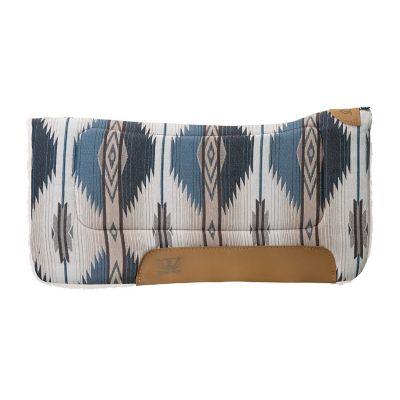
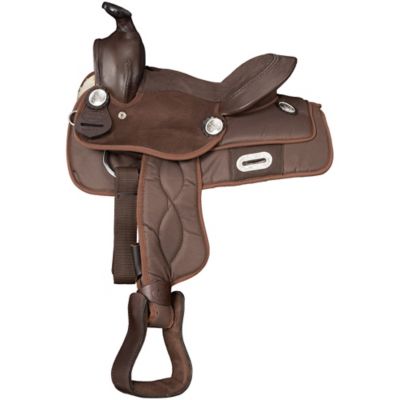

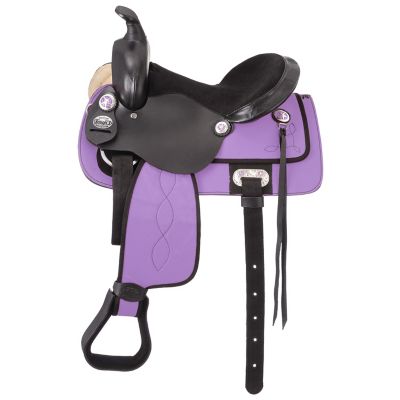
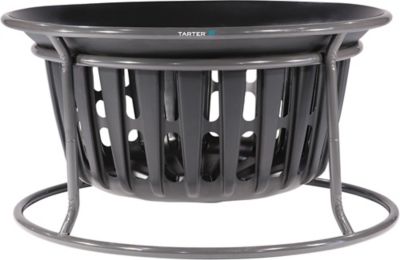
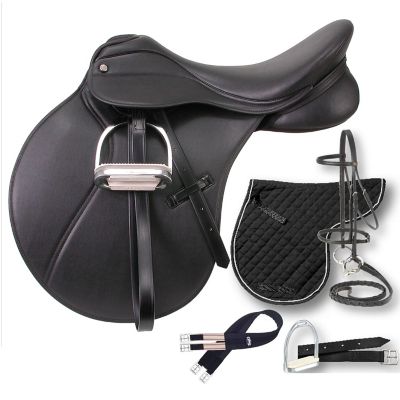
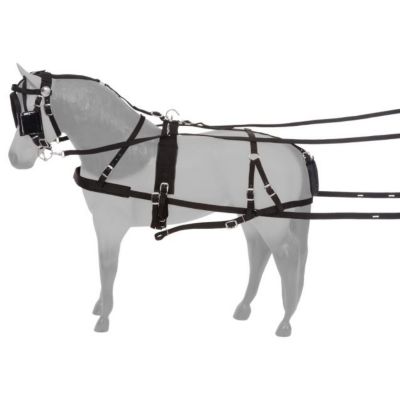
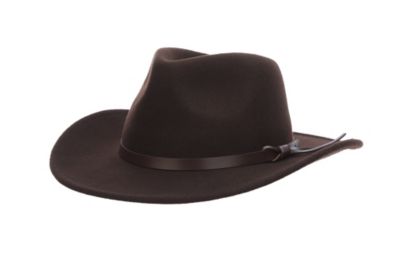
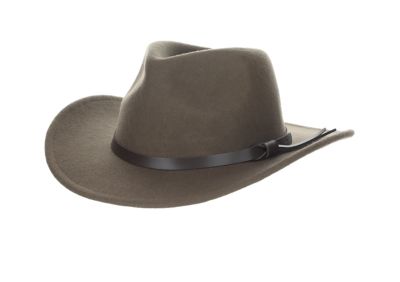
by Sally
very durable are the ones that have worked best for me.
by Kino
Perfect fit every time and easy to wash, easily wrapped together for storage and transport.